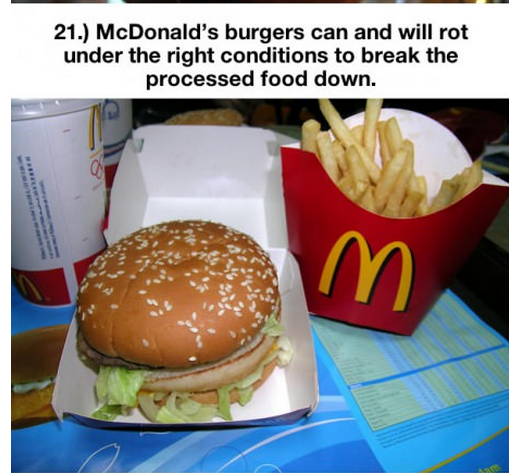50 Years Ago: NASA Preps for Gemini and other Programs
by Mark Daymont
Farpoint Educator
Spacerubble.blogspot.com
Titan II rocket on the pad at LC19, Cape Kennedy in 1964. There appears to be a "boiler-plate" Gemini capsule perched on top, possibly for a test flight.
Fifty years ago, as March ended and spring began, the nation had a problem similar to the one we face today: Our new rocket was not ready. The Mercury program had concluded in 1963 with the launch of Gordon Cooper. From that point on, no American would launch alone in a spacecraft again. Gemini would feature a larger spacecraft carrying two astronauts, for longer duration flights in preparation for the eventual Apollo Moon landing program. But the rocket still needed work, as did the capsule, and of course, the astronauts.
First launch of a Titan II ICBM from the pad at Cape Kennedy.
By March 30 the US Air Force had announced nine major changes needed to the Titan II ICBM missile would be required to "man-rate" the rocket. 1) Addition of malfunction detection system; 2) backup flight control; 3) redundant electrical system with changes for additional launch vehicle equipment; 4) substitution of radio guidance for inertial guidance; 5) elimination of retrorockets and verniers; 6) new structure on second stage to hold new flight guidance and control equipment; 7) new second stage skirt assembly to join spacecraft; 8) simplification of trajectory tracking; and 9) redundancy in hydraulic systems. Throughout 1964 NASA would be testing and launching Titan II rockets from pad LC-19. Previous Titan 1 and II testing had occurred at LC-16.
Sketch of the pad layout at Launch Complex 19.
Astronauts, too, were working long hours in preparation for their Gemini missions. Some of the astronauts from project Mercury, along with the "New Nine," rehearsed the maneuvers they would be performing in simulators at NASA. One of the cool picture sets I've found is of the Rendezvous Docking Simulator used in training. Gemini missions would feature docking spacecraft to get astronauts ready for the complex maneuvers that would occur in the Apollo program.
Gemini spacecraft simulator suspended from complex wire array harness.
View of approaching Gemini craft from a simulation of a docking component, probably a mock-up of the Atlas-Agena target. I'm not sure which astronaut is hanging out of the hatch. The Gemini capsule would be a second-generation capsule mockup.
A first-generation capsule mockup.
Some of the computers controlling the docking simulator.
Simulator flight control panel for the RDS.
Besides rockets and capsules, the astronauts needed to train for splashdowns and using the new Gemini spacesuits, an improvement over the Mercury Project suits.
Gus Grissom, veteran of the Mercury project, tries on the new Gemini spacesuit. In his Mercury flight, he was only able to fly a sub-orbital mission across the Atlantic. In Gemini, he would achieve orbit.
The Imaginarium
Oh the Wonders We will See......
 |
| Welcome to Utah |













































































2 comments:
I only agree to that last thing about the Easter Eggs, if you're talking about what my children will be saying.
If you are ever in Tucson, AZ don't miss the Titan II missile museum. It is an old nuclear missile silo converted into a museum. They conclude the tour with a simulated launch. Some of the docents were actually stationed there during the Cold War.
Post a Comment